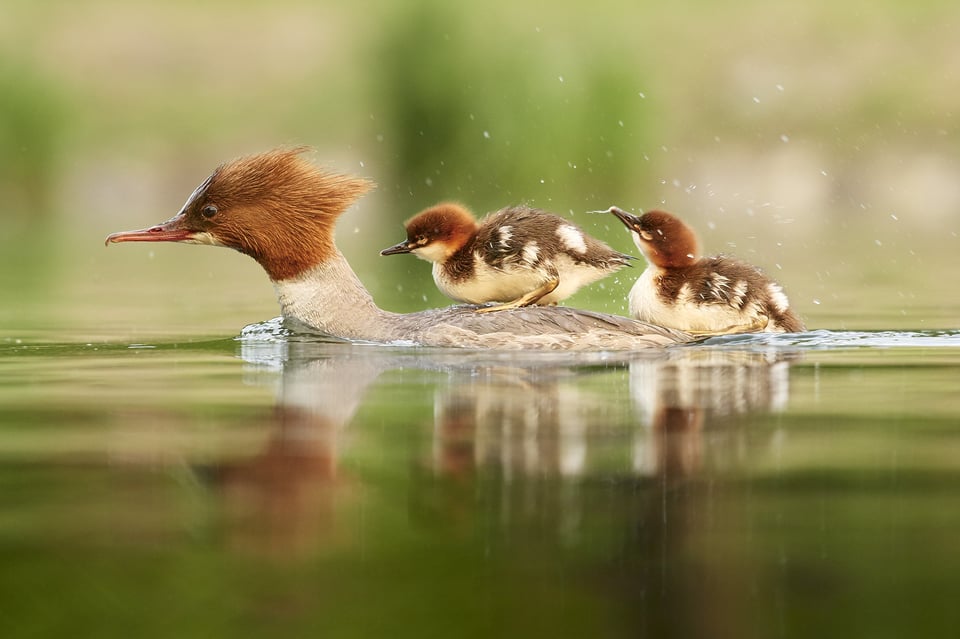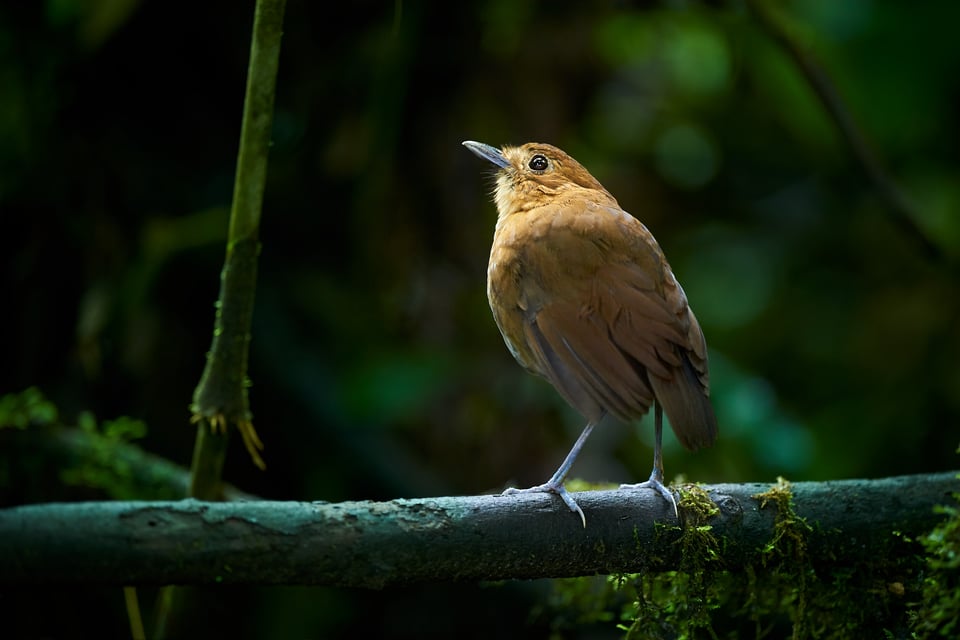هل تحتاج إلى عدسة ذات فتحة سريعة لتصوير الحياة البرية؟
Do You Need a Fast Aperture Lens for Wildlife Photography?
"مجرد توقف أو اثنتين." يلخص هذا بشكل أساسي فوائد العدسات المقربة السريعة. قد يكون الفرق بين 3000 دولار و13000 دولار بسيطًا مثل f/4 مقابل f/2.8. هل السعر والوزن يستحقان العناء لتصوير الحياة البرية؟ سأحاول الإجابة على هذا السؤال في مقال اليوم.
NIKON D500 + Nikon AF-S Nikkor مقاس 200-500 مم f/5.6E ED VR عند 350 مم، ISO 2000، 1/500، f/5.6
“Just an f-stop or two.” This basically sums up the benefits of fast telephoto lenses. The difference between $3000 and $13,000 may be as simple as f/4 versus f/2.8. Is the price – and the weight – worth it for wildlife photography? I’ll try to answer that question in today’s article.
 NIKON D500 + Nikon AF-S Nikkor 200-500mm f/5.6E ED VR @ 350mm, ISO 2000, 1/500, f/5.6
NIKON D500 + Nikon AF-S Nikkor 200-500mm f/5.6E ED VR @ 350mm, ISO 2000, 1/500, f/5.6
Do You Need a Fast Aperture Lens for Wildlife Photography?
"مجرد توقف أو اثنتين." يلخص هذا بشكل أساسي فوائد العدسات المقربة السريعة. قد يكون الفرق بين 3000 دولار و13000 دولار بسيطًا مثل f/4 مقابل f/2.8. هل السعر والوزن يستحقان العناء لتصوير الحياة البرية؟ سأحاول الإجابة على هذا السؤال في مقال اليوم.
NIKON D500 + Nikon AF-S Nikkor مقاس 200-500 مم f/5.6E ED VR عند 350 مم، ISO 2000، 1/500، f/5.6
“Just an f-stop or two.” This basically sums up the benefits of fast telephoto lenses. The difference between $3000 and $13,000 may be as simple as f/4 versus f/2.8. Is the price – and the weight – worth it for wildlife photography? I’ll try to answer that question in today’s article.
 NIKON D500 + Nikon AF-S Nikkor 200-500mm f/5.6E ED VR @ 350mm, ISO 2000, 1/500, f/5.6
NIKON D500 + Nikon AF-S Nikkor 200-500mm f/5.6E ED VR @ 350mm, ISO 2000, 1/500, f/5.6









تعليق